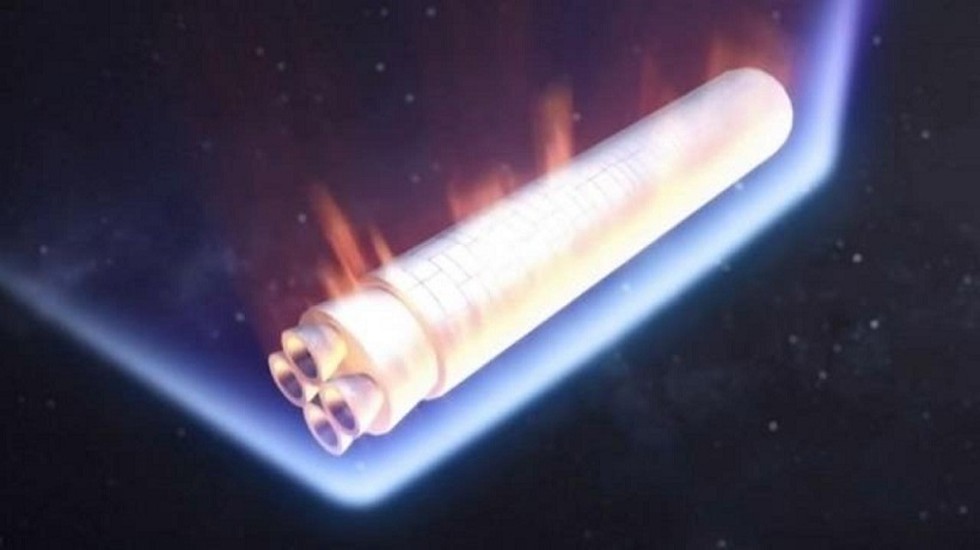About:
- The debris came from the upper stage of a Long March 5B rocket– China’s largest– that had been launched into space on April 29 for putting into orbit a core module of the new Tianhe space station, which is expected to become operational in 2022.
- For days, there had been speculation on whether the debris would hit a populated area on the Earth’s surface, leading NASA to criticise China over lack of transparency and for “failing to meet responsible standards”.
Why did the Chinese rocket spark worry?
- When a rocket is launched, its discarded booster stages re-enter the atmosphere soon after liftoff and harmlessly fall into the ocean– a standard practice.
- In this case, however, a 10-floor large vehicle of the rocket weighing 18 metric tonnes went into orbit along with the section of the under-construction space station that it was carrying.
- While in orbit, this vehicle kept rubbing against the air at the top of the atmosphere, and the resulting friction caused it to start losing altitude. The piece hurtled through a low-Earth orbit at roughly 25,490 km/hr.
- An “uncontrolled re-entry” thus became inevitable, but China did not admit this fact to the world until Sunday, when it said the debris had entered the Earth’s atmosphere over the Mediterranean, flown over the Arabian peninsula and crashed near the Maldives at 72.47° East and 2.65° North.
- Few expected the debris to harm humans, mainly due to most of it burning up in the atmosphere, as well as the fact that large parts of the Earth are covered by oceans and massive land areas lie uninhabited.
So, what caused the rocket piece to enter into orbit?
- When rockets carry their payload into space, their booster stages that reach orbit fire the engine again after completing their job so as to drop back to Earth and not remain in orbit.
- Space agencies plan this process to ensure that such rocket parts end up in uninhabited areas, such as the middle of the ocean.
- China chose not to do this for its Long March rocket, leading to its vehicle crashing back uncontrollably. China’s plan to launch 10 more missions like this until 2022 to complete the Tianhe has thus sparked worry that pieces from its rockets could end up causing injuries.
